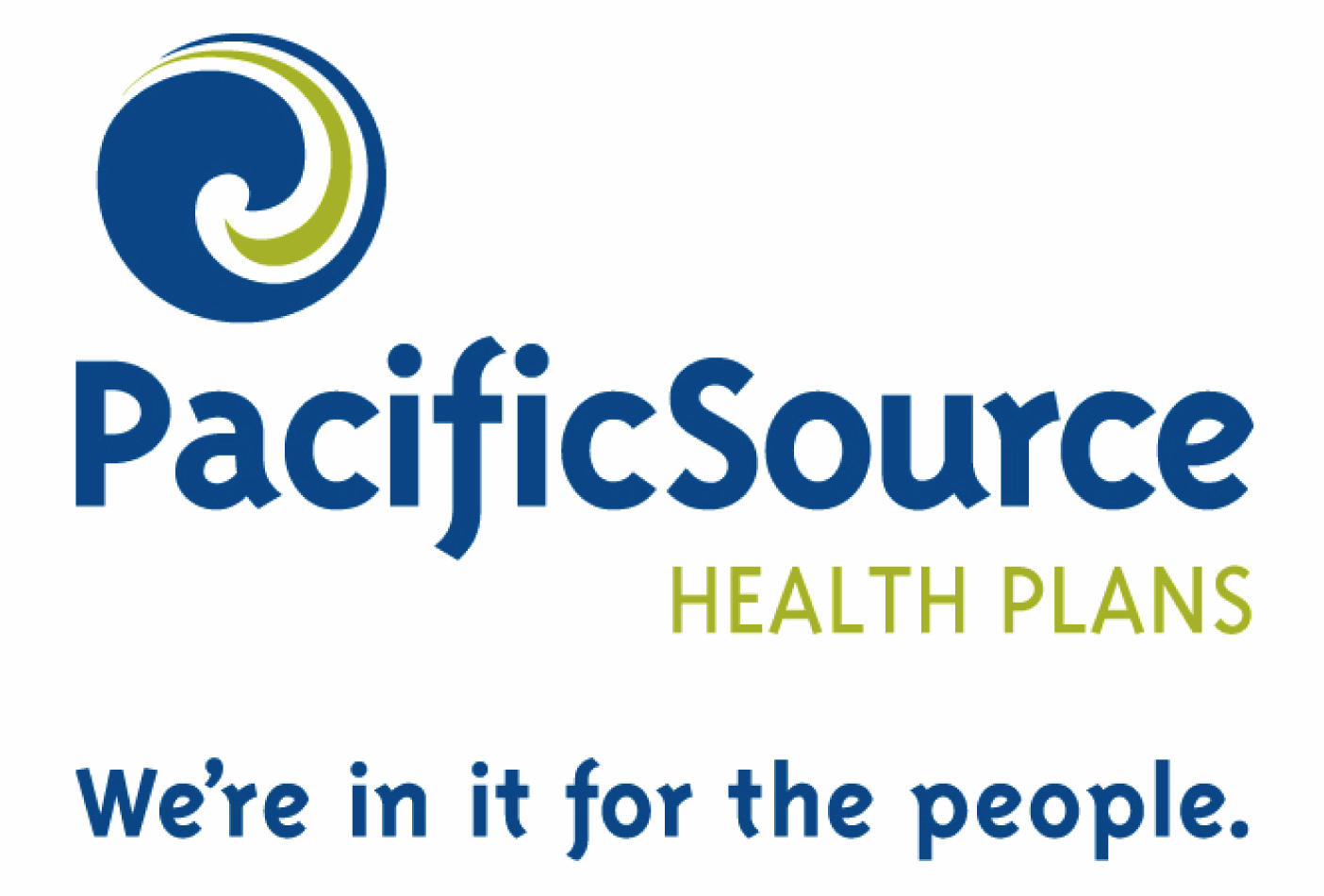Two articles appeared over the weekend on the issue of cost and medical value.
First, Ezekiel J. Emanuel, M.D. wrote an opinion piece in The New York Times titled, “In Medicine, Falling for Fake Innovation.” He writes that the federal health reform law will quash, “pseudo-innovation — a technology that increases costs without improving patients’ health.” But adds:
The Affordable Care Act will not reward this kind of innovation. But by providing incentives for hospitals to reduce infections, errors and readmissions, giving doctors more information on the comparative effectiveness of medical interventions and emphasizing preventive care over expensive services, the act will stimulate a panoply of true medical innovations. These may not be flashy; they might not even be visible to patients. But they will improve health care and lower costs.
and concludes:
Health care reform may quash pseudo-innovations, but that simply directs capital and creativity away from technologies that don’t improve outcomes or lower costs and toward ones that do. That should not be confused with killing innovation.
» Read “In Medicine, Falling for Fake Innovation“
The next day, Jane Brody wrote a New York Times blog post called, “When Costly Medical Care Just Adds to the Pain.” She begins:
In talks about reducing the nation’s exploding health care costs, the “R” word — rationing — strikes fear into the hearts of both patients and doctors.
Why, many people ask, shouldn’t the richest country in the world spend whatever is necessary to protect and preserve its citizens’ health? This is the philosophy under which our health care system operates, and it promises to bankrupt us without necessarily improving our health.
In more instances than many people realize, doing more medically can be worse than doing less. Too often, costly, overly aggressive medical care causes more pain and suffering than if nothing had been done at all.
Our expectations and demands of health care must change, and we must reckon with the incentives for tremendous waste that are now built into the system.
She enumerates many wasteful procedures and references advice given to doctors by their own professional specialty organizations. She concludes:
By reducing wasteful, unproductive tests and procedures, experts say, it should be possible to preserve Medicare and Medicaid without wrecking Social Security and federal and state budgets, and without depriving providers of reasonable remuneration for their services.











Recent Comments